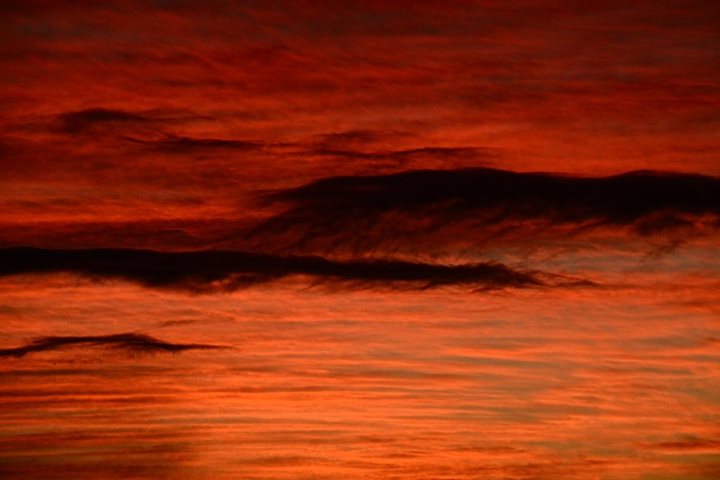A beautiful clear sky accompanied by bright sunlight and a delightful temperature framed the entire Gulf of California this morning. The National Geographic Sea Bird moved through quiet waters from its nightly anchorage in a little bay of the western side of Espiritu Santo Island to the northernmost tip of it where a tiny islet, called Los Islotes, is located. On Los Islotes there is a small (400 to 800 individuals), permanent and reproductive colony of California sea lions, which is almost the only pinniped present in the gulf and certainly the most abundant marine mammal of its waters. We came to Los Islotes for snorkeling among these funny, beautiful, and agile creatures that once were on the verge of extinction as a consequence of merciless hunting. Under the protection of Mexico, the population recovered successfully and now the species is one of the top attractions near La Paz Bay.
Guests and naturalists dressed in wetsuits, fins, and snorkels performed with the sea lions, mostly yearlings, who showed spectacular and funny sets of behavior. They came to explore us and our gear with their mouths, teeth, and whiskers, observing us with their globular and enormous eyes; one came out the water and planted itself on a boat’s pontoon; many jumped above, aside, between, and over us; screams, laughs, and smiles were heard all around when all this happened. The sea lion pups were just like dogs playing in the garden! The aquatic chaos came to an end when the watch marked the time for cruises around the islet in our expedition landing craft. Our guests, aboard the expedition landing craft, admired the sea lions on land, their anatomy, they way they rest and sleep, and how they fight (not violently though) for room on the rocks. Individuals of all ages and sizes of these marvelous creatures were seen—some wet, some dry. Seabirds, perched also on the lower rocks, looked as statues or escorts for the sea lions.
In the afternoon the ship was repositioned to the northeast of Espiritu Santo Island in order to take measurements of the minimum Oxygen layer in the ocean with a device invented by Dr. Bill Gilly, our expert oceanographer from National Geographic. He explained the core of his study and what he has observed in relation to the Humboldt Squid, abundant in the waters of the Sea of Cortez. On the return to Caleta Partida, our afternoon destination, we crossed paths with a school of common dolphins, that moved slowly and allowed us to take hundreds of photographs. The dolphins and the ship also crossed several patches of a planktonic soup, which in great concentrations are known as “red tides.” These clouds are made of a wide assortment of protozoans with animal and plant characteristics. Later, we disembarked at Caleta Partida, the division between Espiritu Santo and Partida Norte Islands, for hikes and to enjoy the red-and-orange sunset in the west.







